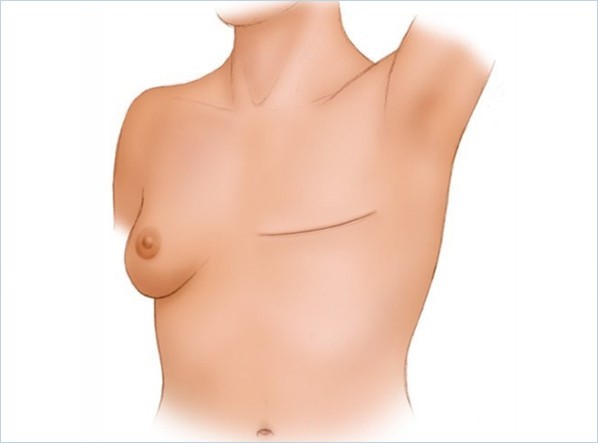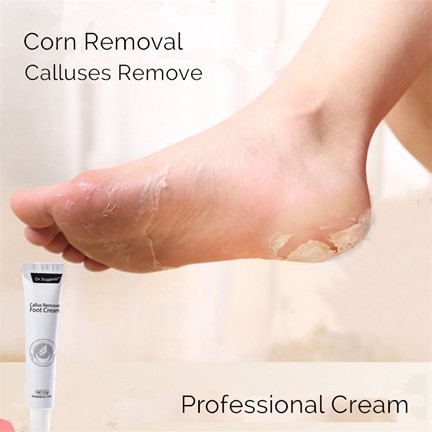A nurse is caring for a client who has a high fever. Which of the following actions should the nurse take?
Apply a bath blanket between the client and a cooling blanket.
Place ice packs on the client's neck and behind the knees.
Give the client a sponge bath using an alcohol-water solution.
Cover the client with heavy blankets after shivering subsides.
The Correct Answer is A
A nurse should apply a bath blanket between the client and a cooling blanket when caring for a client who has a high fever.
This can help regulate the temperature of the environment and make it more comfortable for the patient.
Choice B is wrong because placing ice packs on the client’s neck and behind the knees is not recommended as it can cause further problems.
Choice C is wrong because giving the client a sponge bath using an alcohol-water solution is not recommended.
Choice D is wrong because covering the client with heavy blankets after the shivering subsides is not recommended as it can increase body temperature.
Nursing Test Bank
Naxlex Comprehensive Predictor Exams
Related Questions
Correct Answer is B
Explanation
It is recommended that IVs are placed in the arm on the opposite side of your surgery, if possible.

Choice A is wrong because it involves placing the IV catheter on the same side as the mastectomy.
Choice C is wrong because it involves placing the IV catheter on the same side as the mastectomy.
Choice D is wrong because it involves placing the IV catheter on a vein that is not commonly used for IV therapy.
Correct Answer is D
Explanation
“I can apply lotion to soften calluses as long as I don’t put lotion between my toes.” This is because moisturizing can help keep skin soft and prevent corns and calluses from forming.
However, it is important to avoid putting lotion between the toes as this can increase the risk of infection 1.

Choice A is wrong because soaking feet in warm water daily can soften corns and calluses, making it easier to remove the thickened skin 2.
Choice B is wrong because while using corn pads can help protect the area where corn has formed, it is important to follow the manufacturer’s instructions for use and removal.
Choice C is wrong because using over-the-counter liquid medication to remove corn is not recommended for people with diabetes.
Whether you are a student looking to ace your exams or a practicing nurse seeking to enhance your expertise , our nursing education contents will empower you with the confidence and competence to make a difference in the lives of patients and become a respected leader in the healthcare field.
Visit Naxlex, invest in your future and unlock endless possibilities with our unparalleled nursing education contents today
Report Wrong Answer on the Current Question
Do you disagree with the answer? If yes, what is your expected answer? Explain.
Kindly be descriptive with the issue you are facing.
